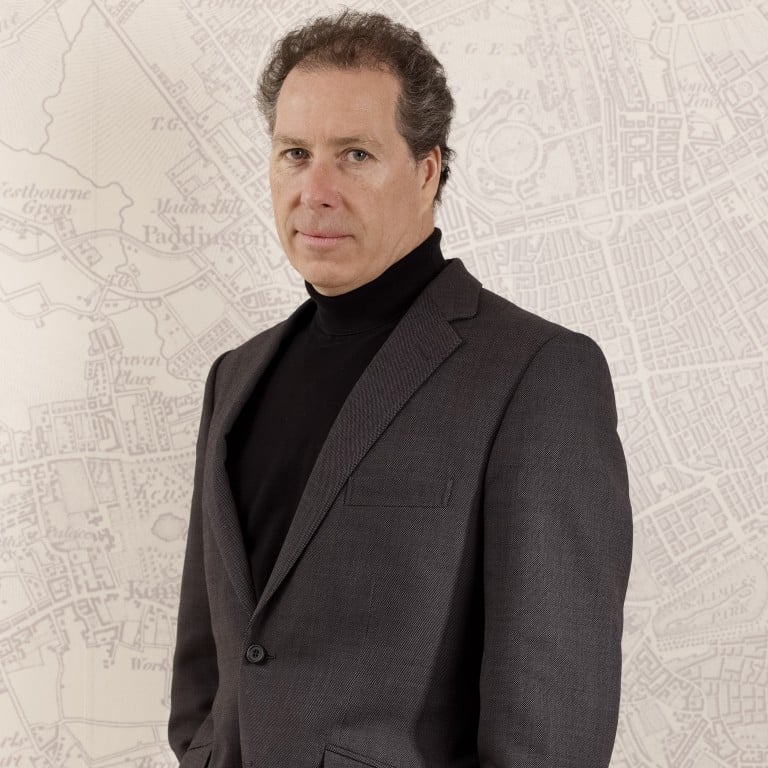David Linley, Earl of Snowdon on the changing world of auctions – the late Princess Margaret’s son and Christie’s chairman has seen Covid-19 shift sales online

- The pandemic led to the first cryptocurrency transactions and NFT sales, including Beeple’s digital opus Everydays: The First 5000 Days, sold for a record US$69 million
- Honorary Christie’s chairman for Europe, Middle East and Russia, he has his own watch collection: Patek Philippe’s Nautilus and Calatrava, two Jaeger-LeCoultres and an F.P. Journe
The auction world is a rarefied and glamorous one, handling fine art, jewellery and watches, and connecting with a clientele who expects the very finest service. This service might include David Linley, the Earl of Snowdon, son of the late Princess Margaret and honorary chairman of EMERI (Europe, Middle East, Russia, India) for Christie’s, jumping on a plane at a moment’s notice to visit a collector who is considering a bid for a painting or piece of fine art. When hammer prices can be millions of dollars, clients like to feel special.

Thirty five years ago, Linley launched his bespoke cabinet-making business, renowned for its beautiful wood marquetry, and was the first to adopt email and a website. He recalls being asked how it’s possible to describe luxury online and give a VIP service: “And I said it is about conveying your thoughts, your enthusiasm, your spirit and whatever you want the brand to be.”
That belief holds true today in the way he galvanises the Christie’s team to be creative and engage in this new world. His role with the famous auctioneers has given him access to some of the finest watches and advice from specialists. Over 15 years, he has acquired Patek Philippe’s Nautilus and Calatrava, a couple of Jaeger-LeCoultres, three watches customised by his friend George Bamford, and an F.P. Journe at a time when few had heard of the niche watchmaker.
David Linley’s preferred watches
“My father owned this Pulsar, which was the first digital watch. We couldn’t believe it when it first came out, you had to press it to make the numbers appear and anyone with an old watch would query, ‘Why would you need to do that?’

“The glass on my father’s Omega Speedmaster is completely destroyed because he was always making and mending things, and it got scratched. Omega serviced it and offered to replace the screen and I said, ‘No you don’t!’ because it reminds me of the time I spent with him.”
